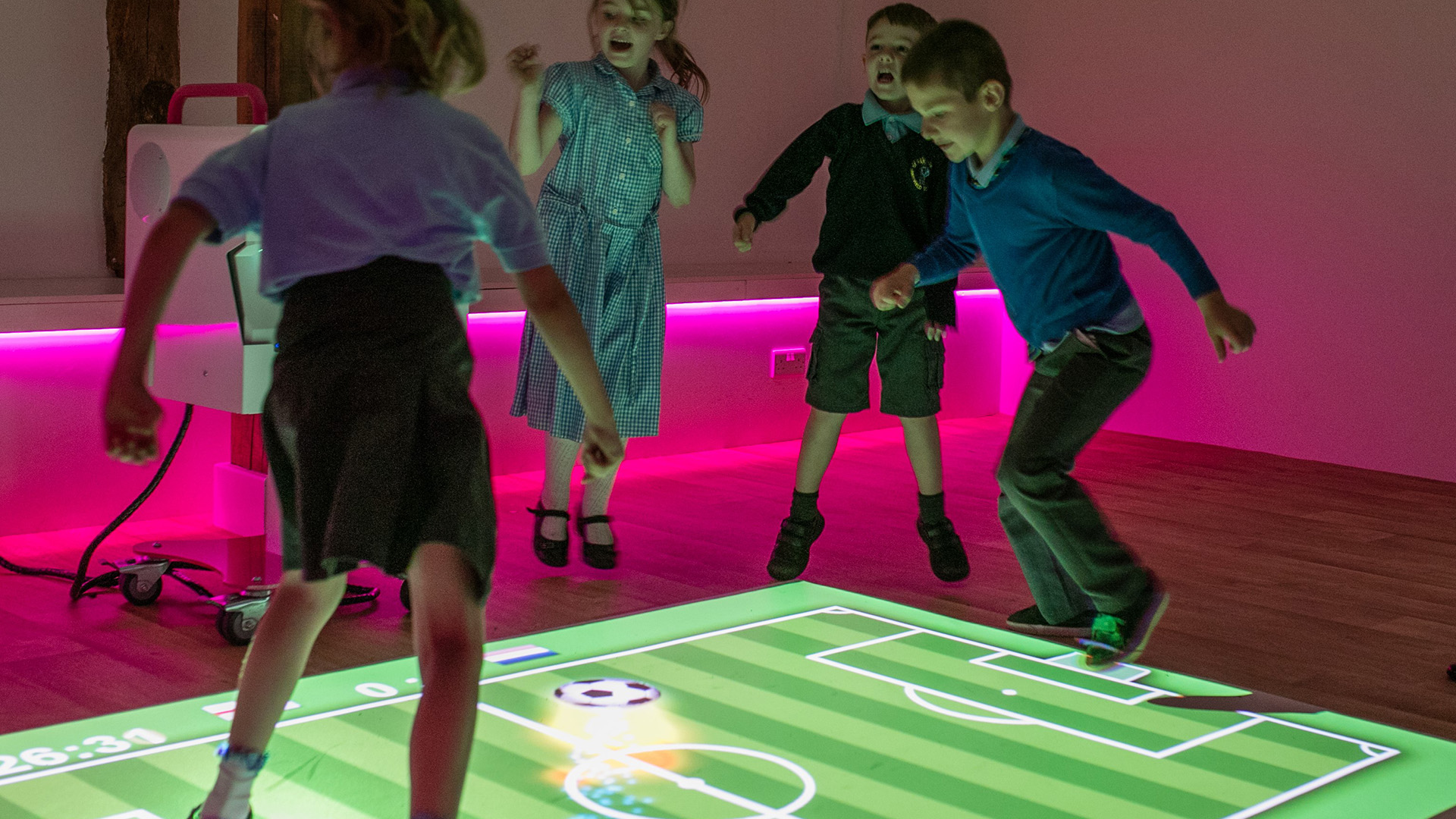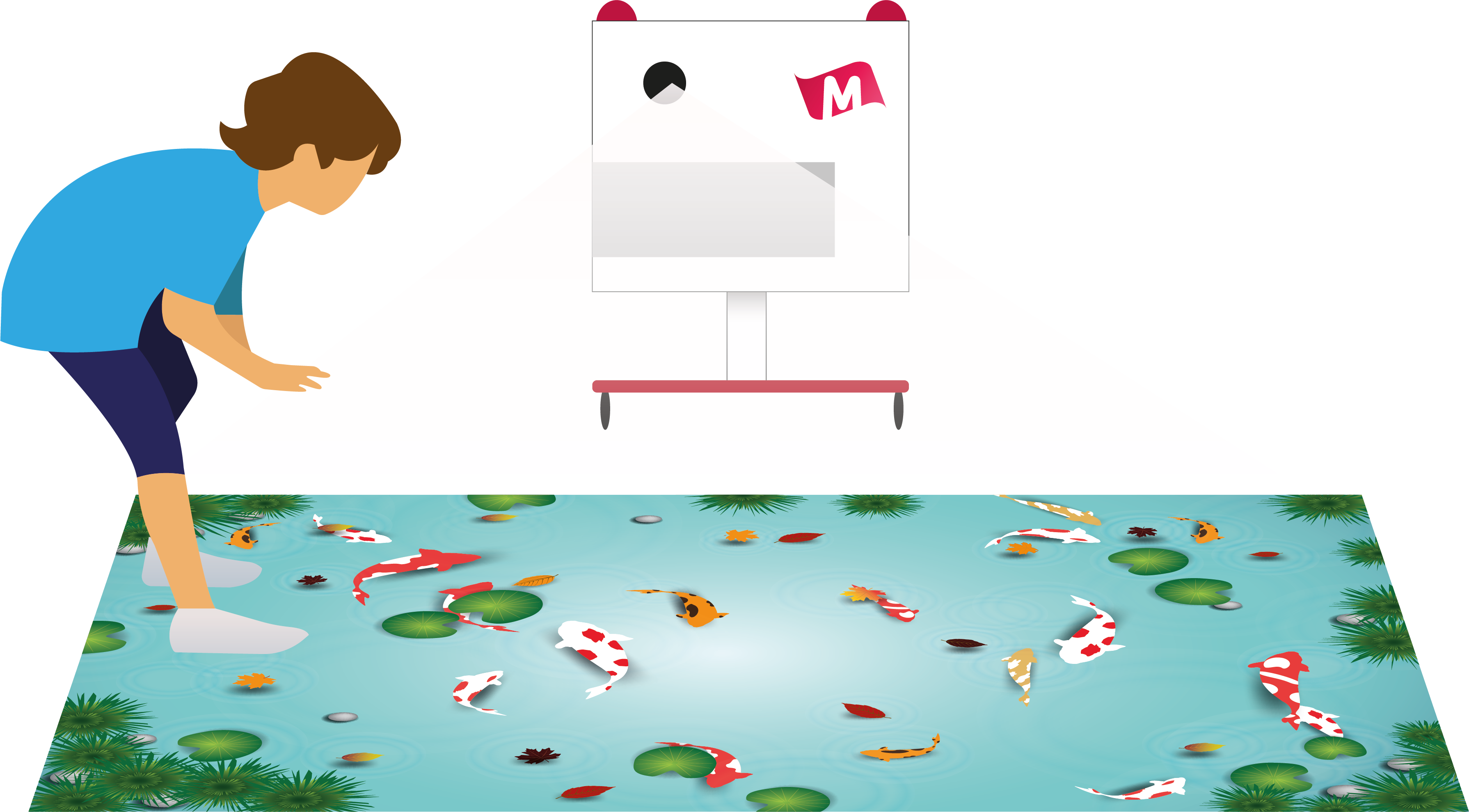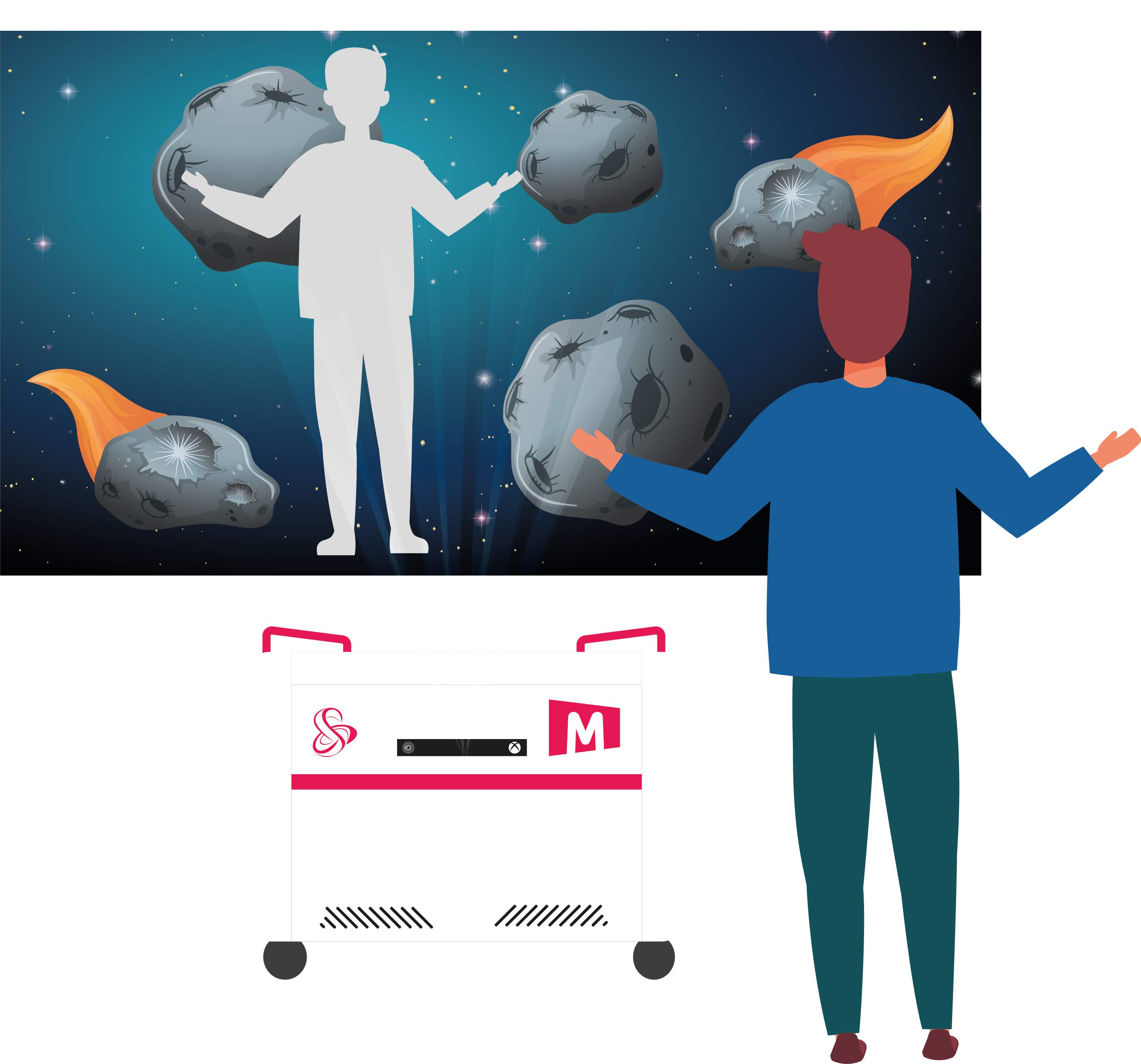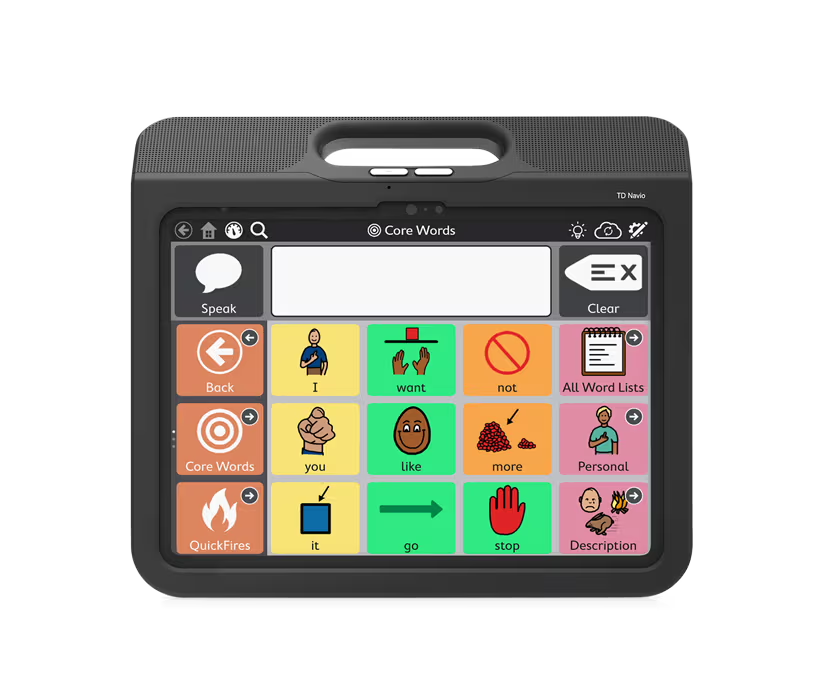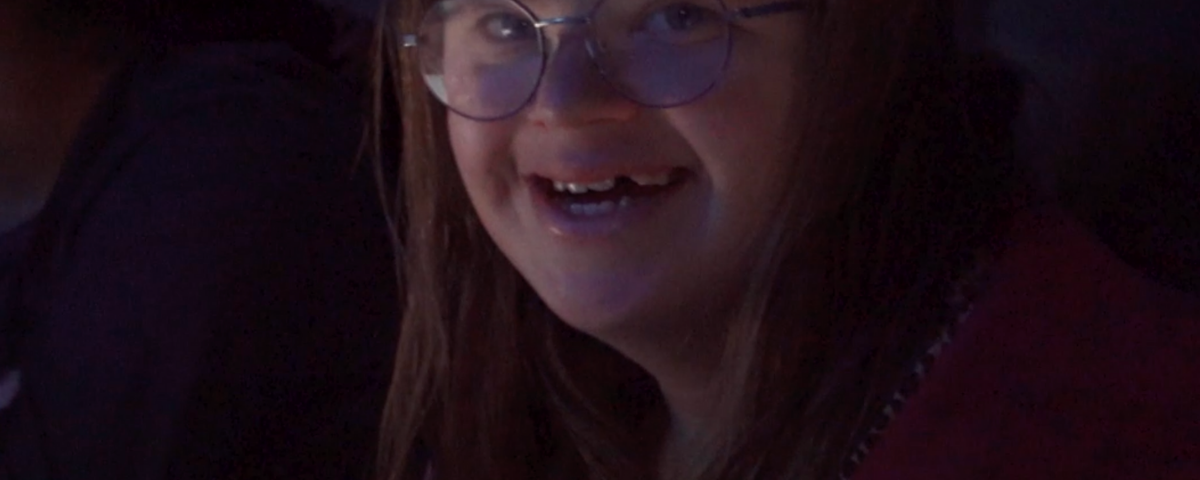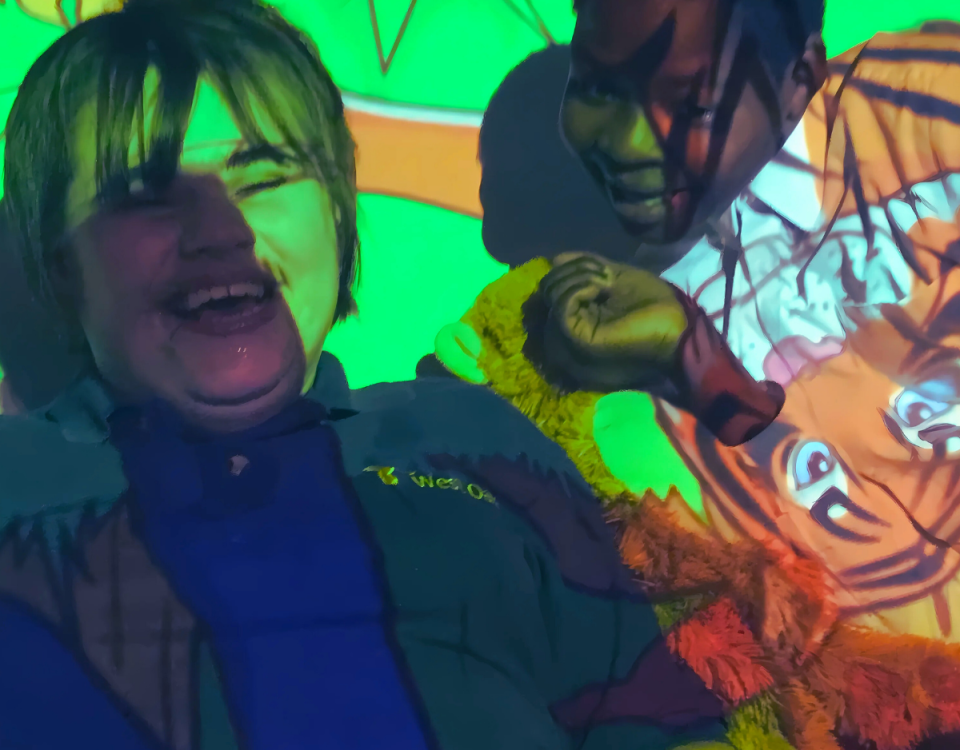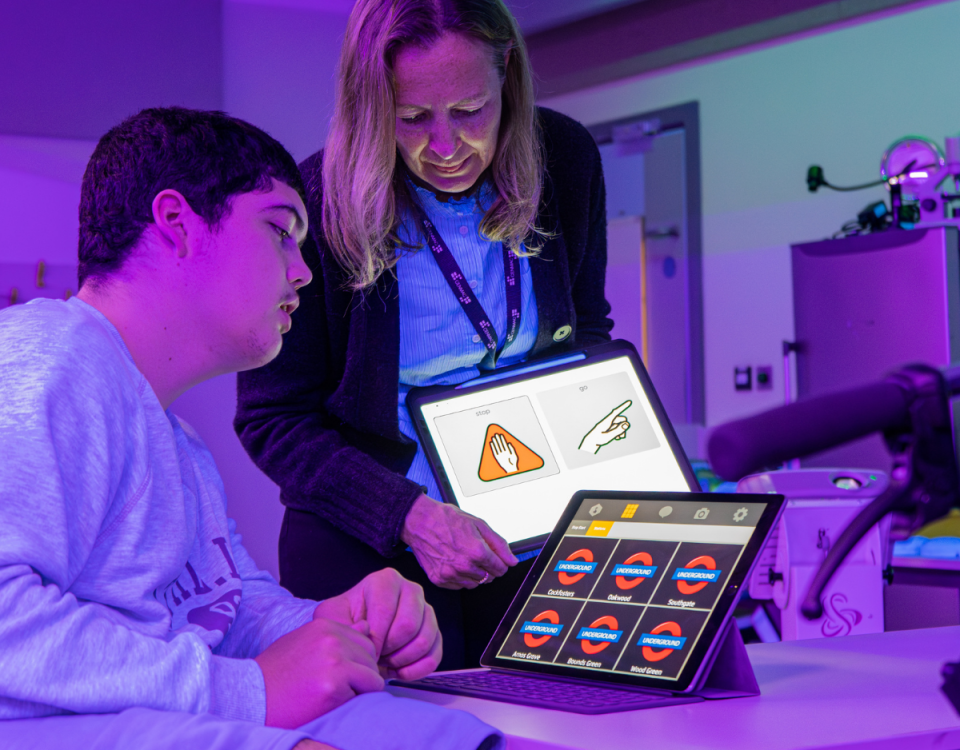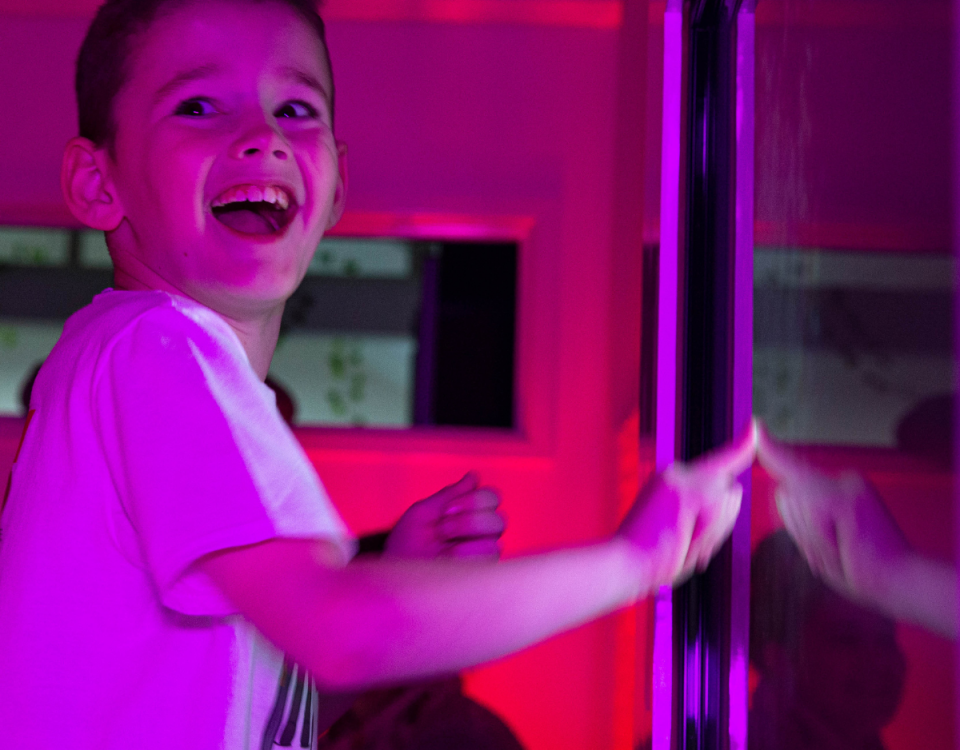
Understanding Nystagmus: Insights from Lisa Donaldson
December 28, 2024
Optimising Classroom Environments and Lighting for Children with Visual and Sensory Needs
December 28, 2024Lisa Donaldson, Head of Eyecare and Lead Clinical Optometrist at SeeAbility, sheds light on Cerebral Visual Impairment (CVI)—a condition that affects how the brain processes visual information. She explains what CVI is, how it impacts vision, and strategies to support children with CVI in special education settings.
What is Cerebral Visual Impairment (CVI)?
CVI is a condition where the brain, not the eyes, is responsible for visual difficulties.
“The eyes can be perfectly healthy with no structural issues, but the brain cannot process images from the eyes in the same way someone without CVI does.”
How CVI Varies
The severity of CVI differs widely:
- Cortical Blindness: In severe cases, the brain’s visual cortex is so damaged that it leaves no useful vision.
- Mild CVI: In milder cases, individuals may struggle with specific visual tasks, such as processing moving targets.
Each child with CVI will experience it differently, making it essential to work closely with educators of the visually impaired to understand the individual’s unique needs.
Is CVI a Barrier to Using Eye Gaze or Glasses?
Lisa emphasises that CVI is not a barrier to using assistive technologies or wearing glasses:
- Eye Gaze Technology: Children with CVI can still engage with eye gaze systems to support communication and learning.
- Glasses: Correctly prescribed glasses can help maximise the visual potential of a child with CVI, even if the primary issue originates in the brain.
Can Vision Improve in Children with CVI?
Lisa highlights evolving research on neuroplasticity and vision improvement:
“It was previously thought that neuroplasticity—the brain’s ability to adapt—was most active up to the age of 6 or 7. However, recent studies show that brain plasticity can last into adulthood.”
With the right stimulation and an understanding of a child’s visual processing abilities and limitations, incremental improvements in vision are possible.
Tailoring Support for Children with CVI
CVI cannot be placed on a linear scale due to the variety of factors that influence visual processing. Support must be customised for each child:
- Energy Levels: Some children see better when they are not tired, but their vision may decline significantly when fatigued.
- Visual Clutter: Reducing background distractions can improve visual function for some children.
Lisa explains:
“It’s vital to tailor your approach to the individual by understanding their abilities and limitations.”
Key Facts About CVI
-
What is CVI?
- CVI is a visual problem originating in the brain, not the eyes.
-
Prevalence
- 30–40% of children in special schools have some degree of CVI.
-
Severity Range
- CVI can range from mild to severe, with some individuals experiencing cortical blindness and others managing specific challenges like tracking moving targets.
-
Individual Differences
- Every CVI diagnosis is unique, requiring personalised strategies for support.
-
No Barriers
- CVI does not prevent children from benefiting from eye gaze technology or glasses.
Final Thoughts
CVI is a complex condition, but with the right understanding, tools, and tailored support, children with CVI can thrive. Working closely with educators, therapists, and optometrists, we can create environments and strategies that help children reach their full visual potential.
For more information on supporting children with CVI, visit SeeAbility.


